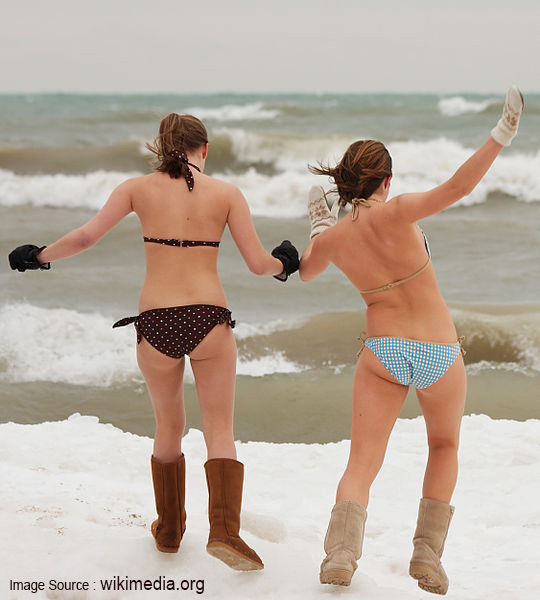
Cold, cool water after a sauna may seem mortifying to most but it’s been a popular aspect of sauna culture for over 1,000 years. A lot of people are probably thinking, “What is it with all these people going from the gorgeous, hugging heat of a sauna to plunging themselves into cold waters?!” Believe it or not, in some parts of the world, it’s not uncommon to go from sauna to cold water and cold water to sauna, back and forth at least a few times.
The sort of cold plunges we’re talking about aren’t the sort of ‘polar plunges’ you’ll see crazy Canadians take in the Arctic every year. Polar plunges happen at horrifyingly freezing temperatures. Cold plunges happen in water that’s usually kept no colder than 55 degrees Fahrenheit so there’s a big difference. They’re used by athletes and healthy adults, all usually seeking the rejuvenating benefits that come with it.
The history of cold plunges and saunas goes back to at least the fifth century BC. For health reasons, the Ancient Egyptians, Romans, and Greeks all regularly took cold baths. As saunas came to be mixed into these cultures, one sort of followed the other. Centuries later, there were Scandinavians using post-sauna cold water plunges. This sort of hot-cold plunge has also been incorporate into ancient Chinese medicine.
Now before we continue, it must be stated that cold plunges aren’t for everyone. A sauna’s a calming, tranquil environment for our bodies and going from that to cold water is a major shock to the system. A rapid temperature change like this, unregulated, is dangerous for unhealthy adults, adults with cardiac or heart-related issues, pregnant women, or anyone struggling with blood pressure. For these demographics, cold plunges should be avoided altogether. Instead, stick with the sauna and reap all the amazing benefits there.
As you’ll notice in the list below, a lot of the benefits of cold water plunges after a sauna are identical or similar to what you have from a sauna alone. Regardless, many believe the health benefits are heightened when the body’s treated with the combination of hot and cold.
Going from hot to cold shoots up your pulse rate and increases circulation.
As the cold water quickly surrounds your whole body, norepinephrine (an anti-stress hormone and neurotransmitter) and epinephrine (adrenaline) are released which is what makes you feel so invigorated!
For those with rheumatoid arthritis, taking a cold shower after a sauna has been shown to reduce pain and improve circulation which can help minimize symptoms throughout the remainder of the day.
Immersion from a cold water plunge improves the body’s antioxidant capabilities and increases our white blood cell count.
The body’s resistance to respiratory infections is believed to improve, according to some studies.
Aches and pains occurred during exercise or strenuous activity are diminished in intensity and recovery time is improved.
Cytokines and other chemicals that boost the immune system receive a release in cold plunging.
Nerves in the autonomic nervous system are activated in a cold plunge. Studies demonstrate repeated cold plunges can stabilize blood pressure and strengthen these nerves.
Unfortunately, you may not find a lot of places where you can enjoy a sauna and then a cold plunge in the US or Canada. Considering the evidence though, don’t be surprised if you begin seeing more spas, sauna clinics, and other facilities begin to offer a cold plunge!
